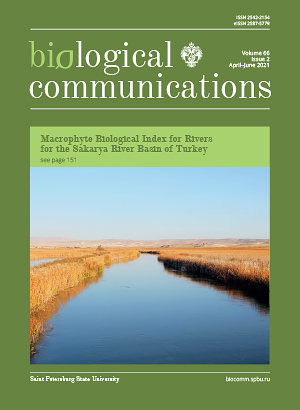Perception of static magnetic field by humans: a review
DOI:
https://doi.org/10.21638/spbu03.2021.208Abstract
We review the scientific data available on the ability of humans to perceive static magnetic fields with intensities comparable to the intensity of the natural geomagnetic field. It is currently assumed that birds have at least two independent magnetoreceptory systems. Various authors have reported the existence of the sensory ability to perceive the Earth’s magnetic field and to use it for spatial orientation in different species of mammals. The question of whether this ability exists in humans has been raised repeatedly. During the past 40 years, serious scholarly titles have published the results of behavioral studies on humans’ ability to perform homing to their home range by magnetic cues, of the ability to point towards a certain magnetic compass direction, and claims of magnetic modulation of the ability to discriminate weak light flashes. Several research groups have tried to find out whether brain bioelectric activity responds to changes in the stationary magnetic field. Cortical activation following changes in the static magnetic field, which suggested transduction of the changes in the Earth’s magnetic field into neural responses, was found by analyzing event-related synchronization/desynchronization. However, no behavioral manifestation for the putative magnetoreception in humans is evident. All attempts to detect behavioral responses to magnetic field changes in humans have been less than convincing.
Keywords:
magnetic field, magnetoreception, sensory system, humans
Downloads
References
Downloads
Published
How to Cite
License
Articles of Biological Communications are open access distributed under the terms of the License Agreement with Saint Petersburg State University, which permits to the authors unrestricted distribution and self-archiving free of charge.





